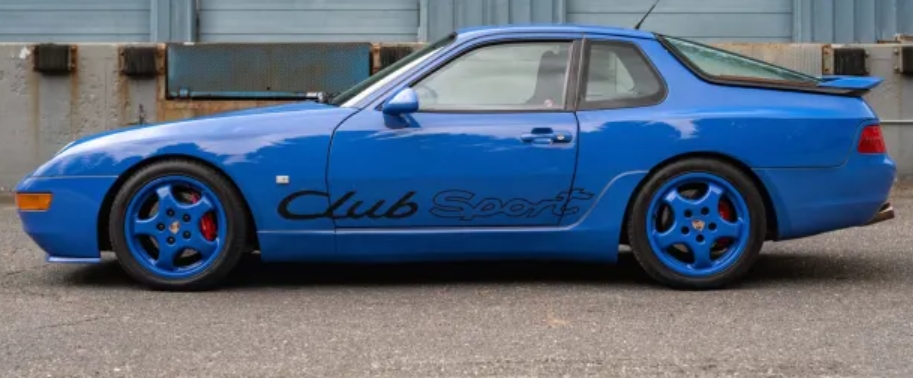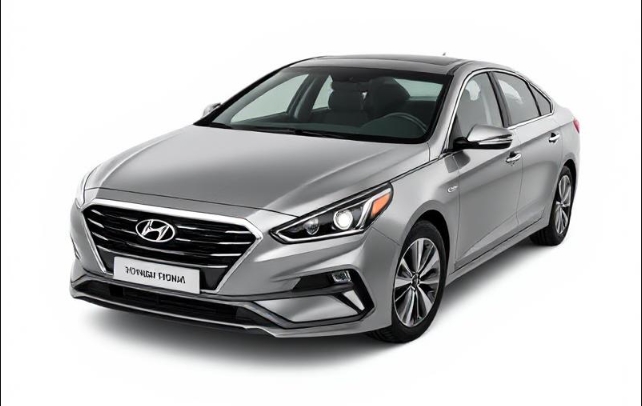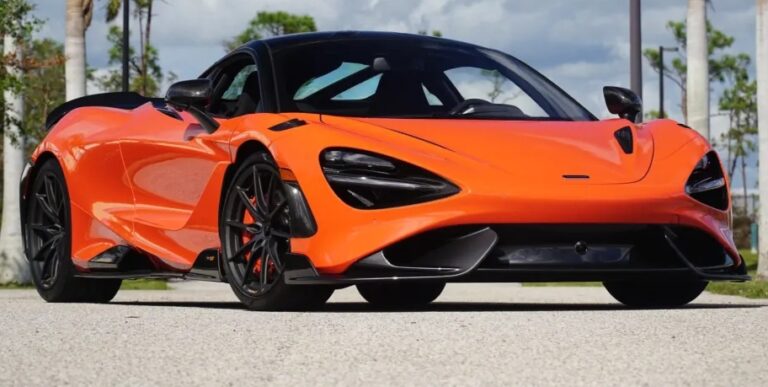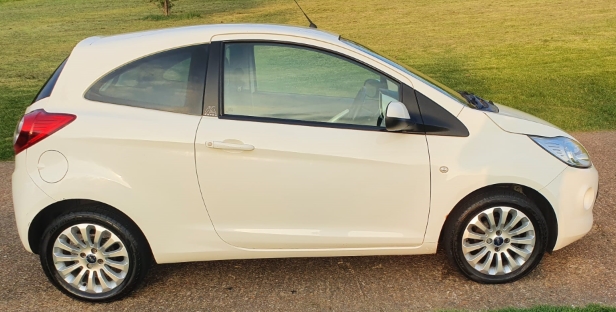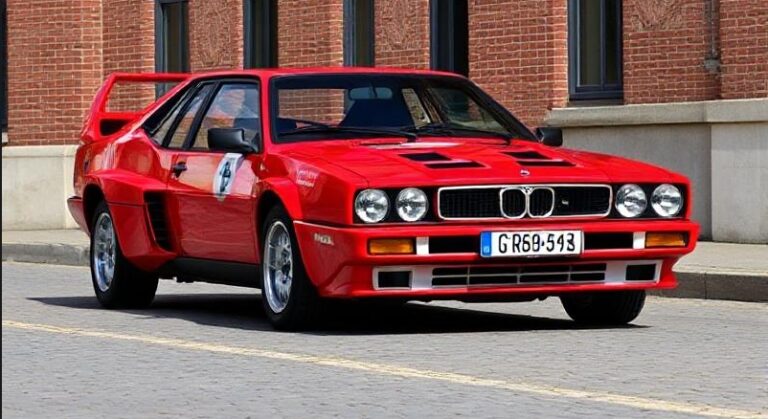The Evolution of the Porsche 968
The Porsche 968 stands as a significant chapter in the marque’s illustrious history, representing the final evolution of the company’s front-engine, water-cooled sports cars of the 1980s and early 1990s. Introduced as the successor to the Porsche 944, the 968 combined technological advancements, refined styling, and performance enhancements to create a compelling package that appealed to driving enthusiasts and collectors alike. This article traces the development of the Porsche 968, covering its production timeline, models, trim levels, and the technological strides that defined its legacy.
Origins and Development (Late 1980s – Early 1990s)
The origins of the Porsche 968 trace back to the Porsche 944 series, which debuted in 1982. By the late 1980s, Porsche sought to update and improve its front-engine lineup, leading to the development of the 944 S2, which was introduced in 1989. Building on this platform, Porsche unveiled the 968 in 1991 as a more refined, powerful successor that would serve as the flagship of the front-engine range until the model’s discontinuation.
Development Timeline:
- 1989: Porsche announces the development of the 968, aiming to replace the 944 and incorporate modern technological features and styling updates.
- 1991: The Porsche 968 officially debuts at the Frankfurt Motor Show.
- Production Years: 1992 to 1995.
The 968 was produced for a relatively short period, with its lifespan spanning just four model years, yet during this time, it saw several updates and special editions.
Production and Manufacturing (1992–1995)
Porsche produced the 968 at its Stuttgart-Zuffenhausen plant, with total production figures estimated at around 12,000 units across all variants. The model was positioned as a high-performance, relatively affordable sports car that appealed to enthusiasts seeking an authentic Porsche driving experience.
The production run was relatively brief, reflecting Porsche’s transition towards its mid-engine Boxster and 911 models in the late 1990s. Nonetheless, the 968’s influence persisted, and its engineering and design elements have been appreciated by collectors.
Core Models and Trim Levels
Throughout its production, the Porsche 968 was offered primarily in coupe form, with several variants and special editions enhancing its appeal.
1. Porsche 968 Coupe (1992–1995)
The standard 968 coupe was the most common version, featuring a sleek, aerodynamic design, a front-engine layout, and a 3.0-liter inline-four engine.
- Engine: 3.0-liter SOHC inline-four (EVO engine)
- Power Output: Approximately 236 horsepower
- Transmission: 5-speed manual; a 4-speed automatic was also available on some markets
- Features: Standard sport seats, leather upholstery, power accessories, and a premium audio system.
2. Porsche 968 Cabriolet (1992–1995)
The convertible variant shared most specifications with the coupe but featured a power-operated fabric roof, allowing open-air driving.
- Engine and Transmission: Same as coupe
- Features: Added wind deflector, optional leather upholstery, and various trim options.
3. Porsche 968 Clubsport (1992)
Aimed at enthusiasts seeking a more track-focused experience, the Clubsport was introduced late in the 968’s production cycle.
- Introduction: 1992
- Features: Lightweight components, stripped interior with no rear seats, no soundproofing, and a reduced weight of approximately 1,280 kg (2,822 lbs).
- Performance: Slightly increased power and improved handling characteristics.
- Engine: Same 3.0-liter engine but with modifications to increase output slightly (around 236 hp).
4. Porsche 968 Turbo S (Limited Edition, 1993)
One of the most sought-after variants, the Turbo S was a limited edition model produced in 1993 to commemorate Porsche’s 50th anniversary.
- Production: Approximately 181 units
- Engine: 3.0-liter turbocharged inline-four
- Power: Up to 268 horsepower
- Performance: 0-60 mph in around 5.4 seconds; top speed exceeding 160 mph
- Features: Unique wheel designs, upgraded suspension, and exclusive interior trims, making it highly collectible.
.
THIS could come in handy for your auto garage (and everywhere else!).

.
Technical Developments and Innovations
The Porsche 968 incorporated several technological advancements over its predecessor models:
- Engine: The 3.0-liter SOHC inline-four engine, designated as the EVO engine, was a refinement of the 944 S2 unit. It featured a twin-spark ignition system, better airflow, and improved fuel injection, resulting in increased power and torque.
- Suspension: The 968 employed MacPherson strut suspension at the front and a multi-link setup at the rear, providing a balanced combination of comfort and handling precision.
- Transmission: The availability of a 5-speed manual transmission was standard, with a 4-speed automatic offered for markets where ease of driving was prioritized.
- Brakes and Tires: Upgraded disc brakes and performance tires enhanced stopping power and cornering stability.
- Electronics: The 968 featured an improved ABS system and a more sophisticated instrument cluster.
Special Editions and Variants
Aside from the main models, Porsche produced a handful of limited editions and special variants to appeal to collectors and enthusiasts.
- 968 Turbo S (1993): As previously mentioned, this limited edition model combined turbocharged power with exclusive styling and features, making it a highly collectible model today.
- 968 Cabriolet S: An ultra-limited version of the cabriolet with enhancements such as sportier suspension and unique interior trim.
- Porsche 968 Carrera Club Sport: Sometimes confused with the 944 Club Sport, the 968 version was tailored for track use, with lightweight features and performance-focused tuning.
End of Production and Legacy
The Porsche 968 was discontinued in 1995, replaced by the more modern Porsche Boxster (986), which marked Porsche’s shift towards mid-engine roadsters. Despite its relatively short lifespan, the 968 left a lasting impression due to its refined handling, technological sophistication, and classic Porsche styling.
The model’s legacy endures in the collector car market, appreciated for its originality, build quality, and the purity of Porsche driving dynamics. The 968’s relatively low production numbers and limited editions, especially the Turbo S, have cemented its status as a coveted classic among Porsche enthusiasts.
Summary
| Year | Model/Variant | Key Features |
|---|---|---|
| 1992 | Porsche 968 Coupe | 3.0L inline-four, 236 hp, manual or automatic transmission |
| 1992 | Porsche 968 Cabriolet | Same as coupe, with power-folding soft top |
| 1992 | Porsche 968 Clubsport | Lightweight, stripped interior, enhanced handling |
| 1993 | Porsche 968 Turbo S (Limited Edition) | Turbocharged, 268 hp, exclusive styling, limited run |
| 1994–1995 | Continued production of Coupe and Cabriolet | Refinements, market-specific updates |
Conclusion
The Porsche 968 represents the culmination of Porsche’s front-engine design philosophy before the marque pivoted towards mid-engine and rear-engine configurations with the Boxster and 911 models. Its blend of technological innovation, performance, and timeless styling makes it a significant model in Porsche’s history. Whether as a collector’s item or a spirited driver’s car, the 968 continues to be celebrated for its purity, engineering excellence, and the driving experience it offers.
